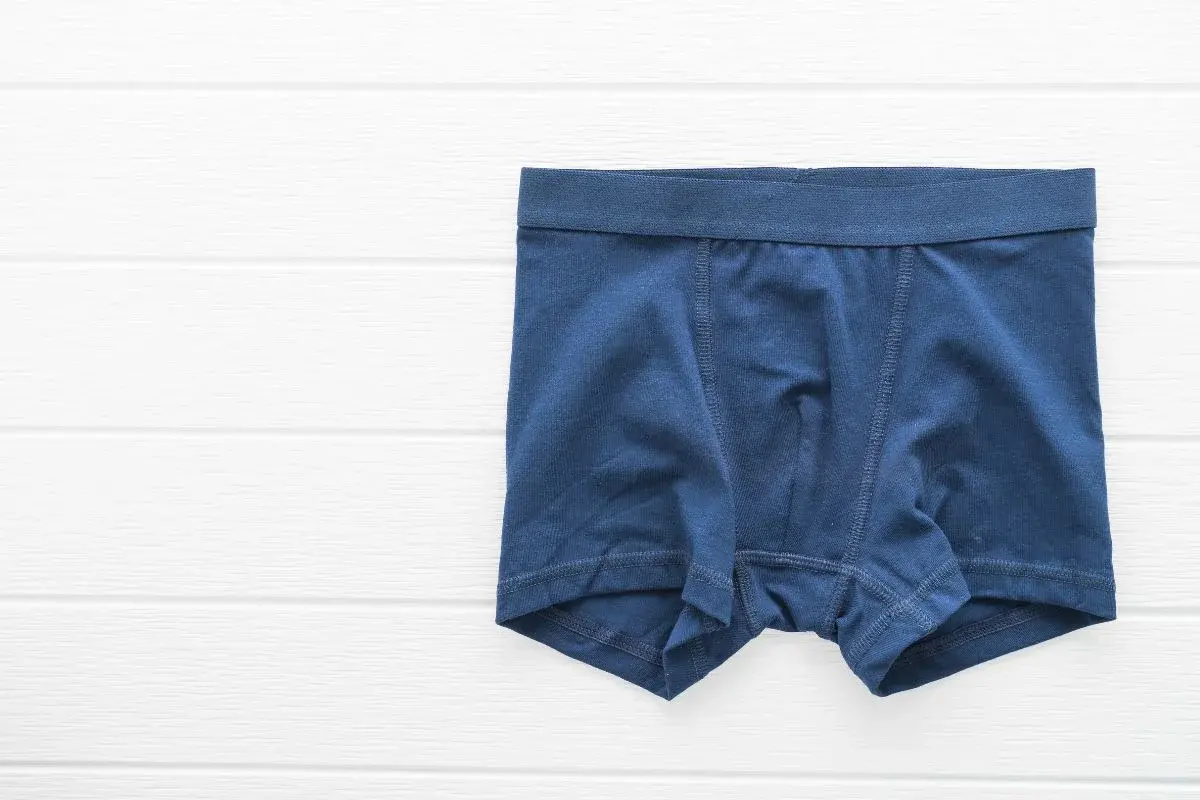Buying kids’ underwear may seem like a simple task, but any parent who’s faced a drawer full of barely worn, outgrown undies knows the challenge it can bring. From confusing sizing labels to fit issues and ever-changing growth spurts, finding the right size can feel overwhelming. The good news? With the right guidance and a few smart tips, choosing the perfect underwear size for your child can be a stress-free experience.
This complete guide will walk you through everything you need to know about kids’ underwear sizes—from how to read the labels to how to measure for the best fit. Whether you’re shopping in-store or online, you’ll walk away confident in making the right choice.
Understanding Kids’ Underwear Sizing
Kids’ underwear is typically sized by age or weight ranges, but this can vary from brand to brand. You’ll often see size labels like 2T, 3T, 4T, XS, S, M, L, or numeric sizes (e.g., 4, 6, 8). Here’s a general breakdown:
· T Sizes (2T, 3T, 4T): For toddlers (usually ages 2–4), where the “T” stands for toddler.
· Numeric Sizes (4, 5, 6, etc.): These usually correspond to the child’s age but are based on height and weight recommendations.
· Letter Sizes (XS, S, M, etc.): Commonly used for older children and typically align with numeric sizes (e.g., XS = 4–5, S = 6–7).
Boys vs. Girls Sizing Considerations
While the basic sizing system remains consistent between boys’ and girls’ underwear, there are some subtle differences to keep in mind. Boys’ underwear tends to be cut with slightly more room in the waist and hip area to accommodate different body shapes, while girls’ underwear often features a more fitted cut through the hips. Additionally, boys’ underwear typically comes in styles like briefs, boxers, and boxer briefs, whereas girls’ underwear includes briefs, bikinis, and sometimes boy shorts, each with their own fit considerations.
The sizing charts themselves may also vary slightly between boys’ and girls’ lines, even within the same brand. Some manufacturers adjust their measurements to account for typical growth patterns and body differences between boys and girls. This means a size 6 in boys’ underwear might have slightly different waist and hip measurements compared to a size 6 in girls’ underwear. It’s always best to check the specific sizing chart for the gender and style you’re purchasing.
However, each brand may define these sizes slightly differently. For example, a size 4 in one brand could fit quite differently than a size 4 from another. That’s why checking the brand’s size chart is crucial.
How to Measure Your Child for the Perfect Fit
Rather than guessing by age or size label, measuring your child gives you the most accurate fit. Here’s how to do it:
1. Waist: Measure around your child’s natural waist, which is just above the belly button.
2. Hip: Measure the fullest part of the hips while your child is standing with their feet together.
3. Height and Weight: Always note your child’s current height and weight, as most size charts factor these in.
Use a soft measuring tape and ensure it’s snug but not tight. Keep in mind that some children may be taller or shorter for their age or have different proportions, so going by measurement instead of age alone is best.
Common Kids’ Underwear Sizes
Here’s a simplified size guide to give you an idea of how children’s underwear sizes are typically categorized:
| Size | Age Range | Waist (inches) | Weight (lbs) |
| 2T | 1.5–2 years | 18–20 | 27–32 |
| 3T | 2–3 years | 20–21 | 29–34 |
| 4T | 3–4 years | 21–22 | 33–38 |
| 4–5 (XS) | 4–5 years | 21–22 | 38–42 |
| 6–7 (S) | 6–7 years | 22–23 | 42–50 |
| 8–10 (M) | 8–10 years | 23–24 | 50–67 |
| 10–12 (L) | 10–12 years | 24–25 | 68–85 |
Note: These are general guidelines. Always check the brand’s sizing chart, which you can typically find on the product page or the company’s website. A good example is Hanna Andersson’s sizing guide, which offers detailed charts by weight, height, and measurements.
How to Choose the Right Size
Choosing the right size involves more than just finding the closest number to your child’s age. Here are a few key considerations:
· Stretch & Material: Cotton underwear with a bit of stretch (spandex or elastane) offers flexibility and comfort.
· Fit Preference: Some kids prefer snug-fitting undies, while others prefer something a bit looser.
· Growth Spurts: If your child is between sizes, it’s often a good idea to size up—especially for everyday comfort and longevity.
· Try One First: If trying a new brand, buy one pair before committing to a full pack to ensure the fit works for your child.
Also, think about the style of underwear—briefs, boxers, boyshorts, bikini, etc.—and what your child feels most comfortable wearing.
Tips for Buying Kids’ Underwear Online
Shopping online gives you a wider selection but comes with the challenge of not trying items on beforehand. Here are some tips to get it right:
· Check Customer Reviews: Look for comments on fit, quality, and durability. Parents often mention if an item runs small or large.
· Review Return Policies: Choose retailers with flexible return or exchange policies in case the size doesn’t work out.
· Look for Size Guides: Reputable retailers will provide comprehensive sizing charts.
· Consider Multipacks: Once you find a brand and size that works, buying multipacks can save money.
For example, retailers like Target offer a wide range of kids’ underwear with sizing details and parent reviews to help guide your purchase.
Conclusion
Getting the right fit in kids’ underwear is important for comfort, hygiene, and confidence. While sizing can feel complicated due to different labels and brand variations, taking your child’s measurements and consulting detailed size charts makes the process much easier. Whether you’re buying underwear for toddlers, tweens, or anyone in between, this guide equips you to shop smart and stress-free.
So next time you’re shopping for kids’ undies—whether in-store or online—you’ll know exactly what to look for, how to measure, and how to choose the best fit for your little one.
Frequently Asked Questions
Should I size up in kids’ underwear for comfort?
If your child is between sizes or tends to grow quickly, sizing up can be a smart move. Many parents choose to size up slightly to account for comfort and longer wear, especially if the underwear has good elastic support and doesn’t sag when larger.
What size should my 3-year-old wear?
Most 3-year-olds will wear size 3T or 4T underwear. However, it’s always best to measure your child’s waist and hips and check the size chart of the specific brand. Some 3-year-olds may still fit in 2T, while others may need a 4T depending on their build.
Can I buy underwear in bulk for my kids?
Yes, once you’ve confirmed the right size and fit, buying in bulk can be a budget-friendly option. Multipacks are often more economical and ensure you always have clean pairs on hand. Just make sure the brand and size work before committing to a large pack.
Need help finding specific styles or brands? Keep an eye on user reviews and check out sizing tools offered on product pages. Happy shopping!




